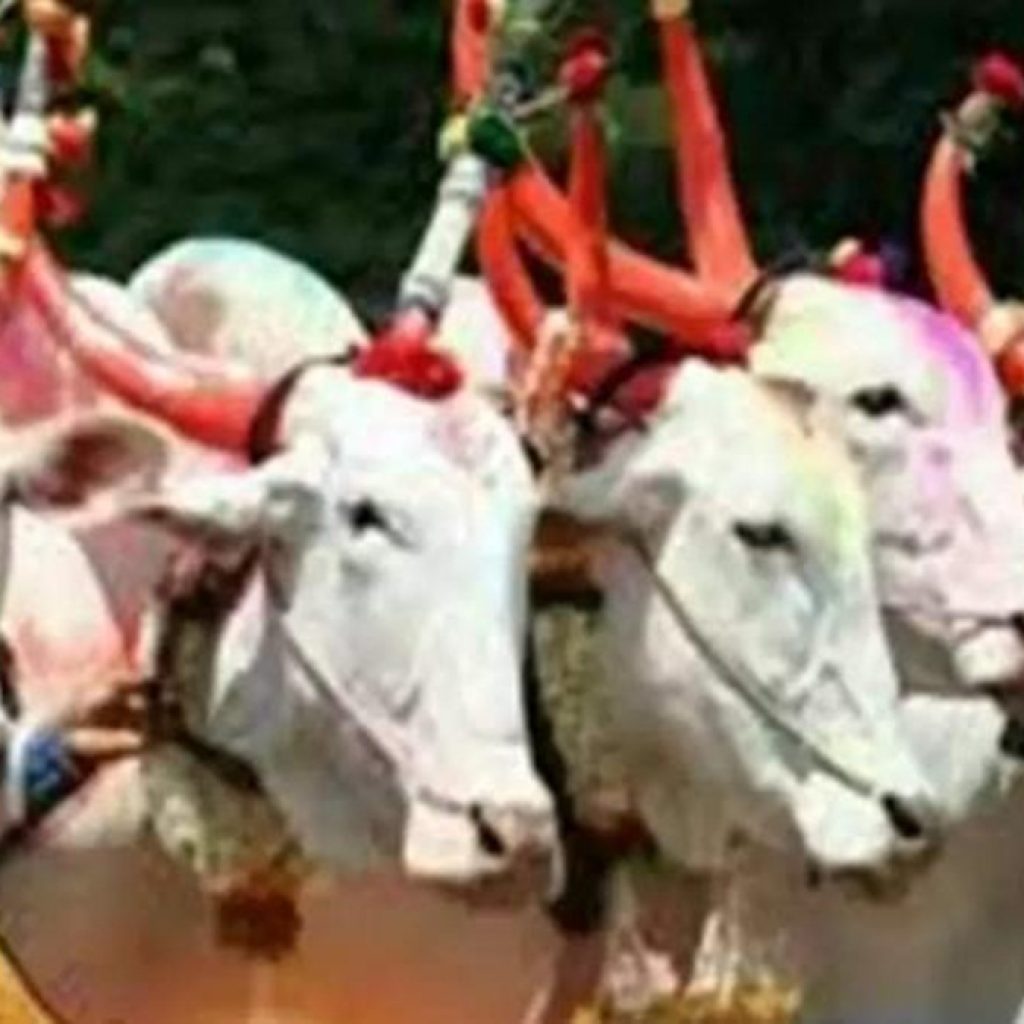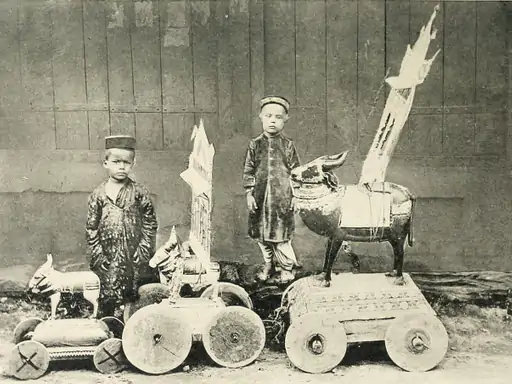Pola is the most important festival of the year for farmers, dedicated to their loyal bullocks, known as Sarja-Raja. This festival fosters social harmony in the villages, as people of all castes and religions come together with a procession of bullocks to celebrate. This tradition promotes unity and peace within the community.

Bullocks have been a key part of farming for thousands of years. Even though modern machinery is now available, small farmers still depend on their bullocks because using machines can be too costly. For farmers with up to five acres of land, bullocks remain their most trusted helpers.
On Pola, celebrated at the end of Shravan on Pithori Amavasya, farmers give their bullocks a day of rest and special care. They wake up early and take their bullocks to a river or lake for a good wash. The bullocks are then treated with turmeric and ghee, especially on any wounds or sore spots, to keep them healthy. Farmers buy simple decorations from the market to make their bullocks look their best.
After decorating the bullocks, the farmers take them to Maruti’s temple, bow to show respect, and bring them back home. The women in the family perform aarti and feed the bullocks Puranpoli as a sign of thanks. Finally, the farmers take their bullocks around the village, visiting each house. This tradition not only honors the bullocks but also strengthens the sense of community, showing how important these animals are to the farmers and their way of life.
‘Tanha Pola’ is a unique tradition of Vidarbha. To help children understand the importance of bulls, the second ruler of Nagpur, Raghuji Maharaj Bhosale, initiated this festival. In some districts of Eastern Vidarbha, on the day of Pola Padwa, a ‘Tanha Pola’ fair is organized for children featuring wooden Nandi bulls. Throughout the year, beautiful and attractive Nandi bulls are crafted from various types of wood for this occasion. These wooden Nandi bulls are now ready for sale in the Lakda Market of Lakadganj. The enthusiastic response from customers has greatly encouraged the artisans and sellers.
A 218-Year-Old Historical Tradition: The tradition of celebrating the ‘Tanha Pola’ festival began 218 years ago, in 1806. It was initiated by Raja Raghuji Bhosale II, with the intent to instill love for bulls in young children.
Tanha Pola’ Celebrated on Pola Padwa: In Vidarbha, a region rich in cultural traditions, the ‘Tanha Pola’ festival holds special significance. Especially in Nagpur and several districts in Eastern Vidarbha, the Pola festival is celebrated in a unique manner. While the festival is celebrated like the bull Pola in other parts of the state, Vidarbha has its own tradition of ‘Tanha Pola,’ where wooden Nandi bulls are paraded. This tradition, which started 217 years ago, continues to this day.
Employment for Hundreds of Families: The sale of wooden Nandi bulls provides livelihood to hundreds of families. This year, Nandi bulls are ready for sale, with prices ranging from Rs 500 to Rs 3 lakh. Due to the vibrant market atmosphere, bull producers expect a turnover of at least Rs 100 crores this year.
Increased Demand for Metal Nandi Bulls: As the prices of wooden Nandi bulls are quite high, more affordable metal Nandi bulls are now available in the market. The demand for metal Nandi bulls is increasing significantly, as they require less maintenance. Compared to last year, there has been a 10% increase in the demand for metal Nandi bulls, according to shopkeepers.
Strong Sales Despite High Prices for Wooden Nandi Bulls: The sale of wooden Nandi bulls is in full swing. The market is ready for ‘Tanha Pola,’ which is celebrated on Pola Padwa. The smallest Nandi bull is priced at Rs 300, while the largest one is available for Rs 2.5 lakh. Notably, Nagpurians eager to buy Nandi bulls often flock to the places where they are crafted. Around 100 families in Nagpur city engage in the crafting of wooden Nandi bulls throughout the year.
👉 Click here to read the latest Gujarat news on TheLiveAhmedabad.com




